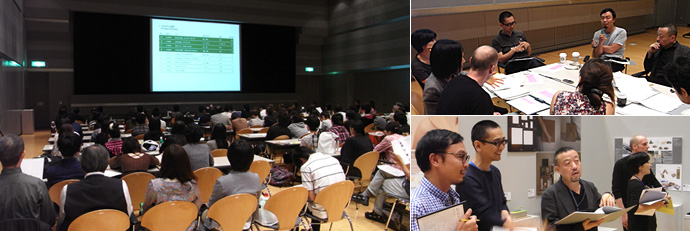
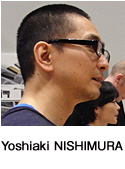
When future generations look back upon today's society, what will we be seen as doing? I believe that our society will be seen as an age that was focused on the selling and purchasing of goods. The cycle of selling and purchasing became extremely strong from the end of the 20th century. The role of designers within that cycle was mainly to instill corporate products with beauty and added value.
However, I believe that such a role is only one of the ways in which the power of design can be used.
I was really looking forward to seeing what kind of proposals would be made in response to the competition theme of "Design to empower tomorrow". I had predicted that many proposals would engage themes such as poverty, the environment, a sustainable society and other problems which receive a great amount of publicity throughout the world.
In some cases, young students tend to select such themes simply because they are the subject of great concern throughout the world. Such students may lack strong personal motivation or feeling in regards to such problems. Such a trend is most unfortunate.
True appeal exists in proposals which are linked to one's personal feelings and joy of living. I believe that such power of appeal exists in the "Sign Language" work which was selected for the Grand Prix.
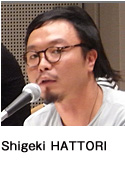
The application theme of this competition was "Design to empower tomorrow". While participating in the screening process, I strongly felt that the entire world now shares concern over the same problems and is working together to move forward.
I believe that such a shared consciousness and common sense of direction has not existed in the past. For example, I was deeply touched to see that the entire world is moving in the same direction in regards to the issues of ecology, social lifestyles, the destruction of nature and natural disasters.
During the First Screening, there were works which lacked the refined design necessary to remain for the Second Screening. However, even several of those works possessed concepts for changing society as a whole.
This competition instilled me with the image of a bright future which can be achieved if each applicant works to resolve the issues which they seek to change.
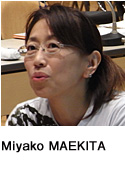
During the screening process, I strongly felt how all of mankind is now facing the same issues. COP10 (10th Conference of the Parties to the Convention on Biological Diversity), which was recently held in Nagoya*, was also related to the theme of this competition.
Until now, I had felt that "Nagoya Design Do!" is a strange name for a competition. However, through my participation in the screening, I felt how the conviction of Do! (taking action) is essential to the process of design.
At COP10, Japan proposed the Satoyama Initiative to the world. Although Japan is a country that has always had rich biological diversity, the ecosystems in Japan are currently losing balance. In response, efforts are being made to reestablish protection for rural areas and to promote industry which protects ecosystems. Social change is proceeding rapidly and new social concepts are being formed just like peeling the skin off an onion reveals new layers below. However, it may not be possible for people to quickly switch from longstanding customs and habits.
Therefore, it is my wish that the power of design will support and give courage to people making such a switch. In the future, I hope that many revolutionary ideas for changing society will gather at Nagoya Design Do!
*COP10: Held from October 18th to October 29th, 2010
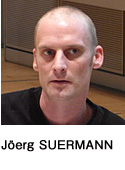
I think that "Design to Empower Tomorrow" was a wonderful theme for the competition. Mankind is currently facing a great number of issues. We must find solutions for these issues in order to change the future through the power of design. I was thrilled at how young designers used the competition theme as a basis for identifying problems and for seriously considering how to change the world by approaching these problems. Furthermore, I was touched by the wonderful works which were submitted.
A great deal of energy is required in order to participate in a competition while studying or working fulltime. However, competitions like Nagoya Design Do! are extremely important for fostering the performance of young designers.
In the future, I believe that it is vital to provide competitions which are an opportunity for the world to recognize young talent.
I was deeply touched by the amount of time and passion that the designer put into the project which was selected for the Grand Prix.
Furthermore, I would like to thank all other applicants for their impassioned work.

When I was a student about 20 years ago, if a person was asked what must be done for the future, I don't think anyone would have answered with the words "protect", "save" or "empower". We must recognize the extent to which such a peaceful and complacent society has changed during the past 20 years. Furthermore, we must accept that the behavior required from us citizens has changed greatly. Despite such grave conditions, I was encouraged by the ideas proposed by young designers living in today's society. Rather than being pessimistic, the majority of the ideas were forward-looking and realistic. The Grand Prix work used the motif of sign language for the hear-impaired. Through the work, I was able to share in the designer's discovery of the poetic and beautiful expression contained in sign language and to view this well-known action from a different perspective. I was very pleased at how the Grand Prix work and a majority of other proposed works showed the magic of transforming negative conditions into something positive.




From the perspective of the environment and sustainability, product design is now facing questions such as "Are excess numbers of products being manufactured?" and "Do people truly require the products being manufactured?"
This competition required designers to consider approaches for having a positive effect on our future.
During the 20th century, mankind sought to increase productivity so that people could comfortably use inexpensive and high quality products. This aim itself is not inherently bad. However, limitless production has created a variety of problems. Currently, when considering the concept of sustainability, designers must place emphasis on specific power of imagination for developing dreams for the future. Designers must possess presentation ability for specifically expressing an exciting image of their ideal future society. When reflecting upon the works submitted to this contest, they were more than simple proposals for products. Rather, I encountered works which provided me with new sensations and enabled me to experience the strength of feeling towards the future. We live in an age in which the future is uncertain. However, through this competition, I strong felt that we can move towards a wonderful world by combining the power of imagination possessed by us all.